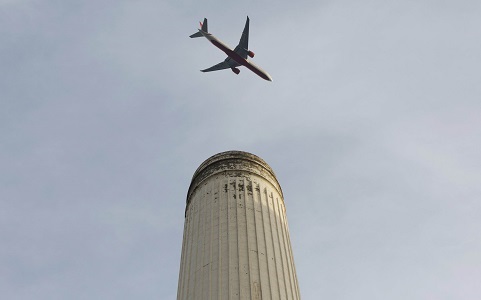
Disease-causing bacteria can remain on the surfaces of airplane cabins for several days or even up to a week, according to a new research conducted by Auburn University researchers.
"Many air travelers are concerned about the risks of catching a disease from other passengers given the long time spent in crowded air cabins. This report describes the results of our first step in investigating this potential problem," said Kiril Vaglenov, one of the researchers, in a news release.
For the disease-causing bacteria to be passed on from a cabin surface to a traveler, it must survive the environmental conditions in the airplane. To examine the bacterial levels that are most likely to linger on the surfaces, Vaglenov and his colleagues took two different pathogens into consideration - methicillin-resistant Staphylococcus aureus (MRSA) and E. coli - and determined how long these pathogens can survive on diffent materials found in airplanes. The surfaces included the materials used in passengers' tray tables, armrests, cloth seat pockets, window shades and seat leather, as well as metal toilet buttons.
For this, scientists tested the ability of the bacteria to survive on these surfaces. They used materials of six different types that are usually found in airplanes and inoculated these materials with the disease-causing bacteria and exposed the material to airplane type condition. They controlled the temperature to 24 degrees and humidity to 18 percent, in order to replicate the conditions of a typical airplane cabin.
The results showed that MRSA lasted for about 168 hours on material made from a seat-back pocket. E. coli survived for 96 hours on materials from armrest.
"Our data show that both of these bacteria can survive for days on the selected types of surfaces independent of the type of simulated body fluid present, and those pose a risk of transmission via skin contact," says Vaglenov.
"Our future plans include the exploration of effective cleaning and disinfection strategies, as well as testing surfaces that have natural antimicrobial properties to determine whether these surfaces can help reduce the persistence of disease-causing bacteria in the passenger aircraft cabin," Vaglenov added.
The findings are crucial for keeping airplanes clean. Since travelers spend hours aboard a flight, learning the best methods to remove the bacteria is important for the health of the public. They currently have ongoing trials with other human pathogens, including the bacteria that cause tuberculosis.
The details of the research have been presented at the annual meeting of the American Society for Microbiology.















